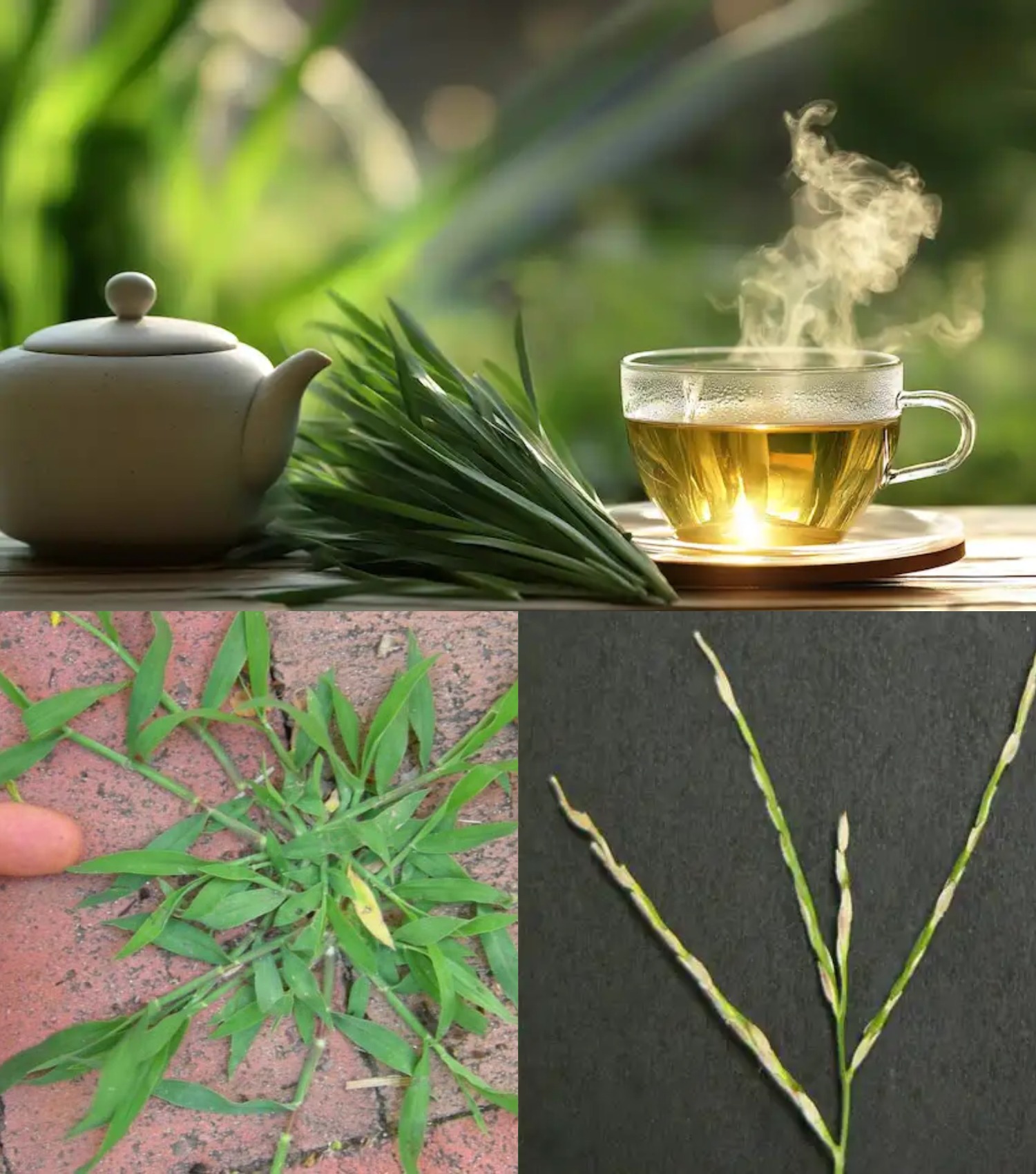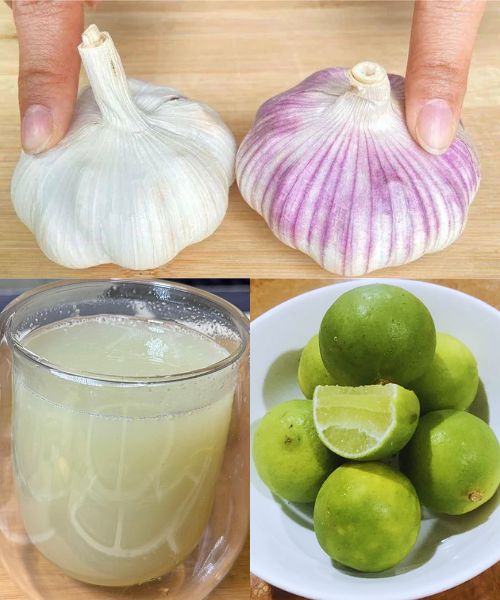Crabgrass: The Unexpected Backyard Plant with Remarkable Health Benefits
Most gardeners would agree—crabgrass is a menace. It sneaks into neatly trimmed lawns, takes over garden beds, and refuses to die. For decades, we’ve waged war against this so-called weed with sprays, shovels, and endless pulling. But what if the plant you’ve been battling is actually a misunderstood medicinal marvel?
Crabgrass, known scientifically as Digitaria sanguinalis, might not win any beauty contests, but it’s quietly earning respect as a hidden gem in natural wellness. Once prized in traditional medicine, crabgrass has been unfairly relegated to the weed pile in modern times. Now, it’s making a comeback as an herbal remedy, rich in anti-inflammatory compounds, antioxidants, and healing properties.
In this article, we’ll explore the surprising health benefits of crabgrass, how to prepare and use it, and why it might just deserve a second chance in your yard and your wellness routine.
🌱 What Is Crabgrass, Really?
Crabgrass is a summer annual grass that thrives in warm conditions and poor soil. It spreads rapidly, growing in clumps with branching stems that creep low to the ground—hence its “crabby” name. While most people see it as a threat to their lawns, herbalists and traditional healers in parts of Asia, Africa, and Europe have long used crabgrass to treat various ailments.
From its fibrous roots to its slender leaves, crabgrass is loaded with plant-based compounds that can support human health in gentle yet powerful ways. The plant contains flavonoids, saponins, and essential nutrients that help detox the body, reduce inflammation, and even protect against chronic diseases.
🌿 The Healing Power of Crabgrass: 11 Remarkable Benefits
1. Natural Anti-Inflammatory Effects
Crabgrass is rich in anti-inflammatory agents that can help reduce pain and swelling throughout the body. It’s especially helpful for:
- Arthritis
- Sore muscles
- Joint discomfort Drinking crabgrass tea may soothe internal inflammation, while applying a poultice externally can ease skin and muscle issues.
2. Promotes Kidney Health
One of crabgrass’s most well-known properties is its diuretic effect. It helps:
- Flush toxins through increased urination
- Ease water retention
- Support kidney and bladder function
For individuals prone to urinary tract infections or mild kidney stress, crabgrass tea could be a helpful addition to their wellness toolbox.
3. Supports Healthy Digestion
When consumed as a tea, crabgrass acts as a mild laxative and digestive soother. It:
- Alleviates bloating and gas
- Encourages regular bowel movements
- Helps reduce digestive inflammation
This makes it a valuable natural remedy for occasional constipation or indigestion without the harsh effects of pharmaceutical laxatives.
4. Soothes Skin Irritations
Applied directly to the skin, crabgrass can relieve:
- Insect bites
- Minor burns
- Rashes and irritations
Its anti-inflammatory and antibacterial properties promote faster healing and reduce itching and redness. Simply crush fresh leaves and apply them as a natural poultice.
5. Respiratory Relief
Suffering from a cold or seasonal allergies? Crabgrass tea may help ease:
- Throat inflammation
- Chest congestion
- Mild coughs
Its natural expectorant and anti-inflammatory properties make breathing easier, while its mild flavor offers soothing comfort to a sore throat.
6. Fever Management
Traditional uses of crabgrass include lowering body temperature during fever. As a cooling herb, it helps:
- Regulate internal heat
- Relieve fever-induced chills and sweats
- Support faster recovery from colds or flu
Drinking warm crabgrass tea during a fever can bring natural relief without the need for over-the-counter meds.
7. Rich in Antioxidants
Crabgrass is surprisingly high in antioxidants, which:
- Fight free radicals
- Reduce oxidative stress
- Protect against cellular damage
These antioxidants not only improve internal health but also contribute to: - Anti-aging benefits
- Better skin elasticity
- Reduced inflammation
A regular cup of crabgrass tea may offer long-term wellness benefits far beyond what we expect from a backyard weed.
8. Regulates Blood Sugar
Emerging studies and traditional use suggest that crabgrass may assist in:
- Stabilizing blood sugar levels
- Preventing spikes and crashes
This could be especially beneficial for individuals managing Type 2 diabetes or those aiming to maintain balanced energy levels throughout the day.
9. Immune System Support
With its antioxidant-rich profile and nutrient content, crabgrass supports:
- Stronger immune defenses
- Reduced susceptibility to infections
It nourishes the body from the inside out, promoting better resilience and helping your system fight off illness naturally.
10. Heart and Circulation Health
Crabgrass contributes to heart wellness by:
- Helping regulate blood pressure
- Promoting better blood flow
Over time, this may reduce the risk of cardiovascular issues, especially when combined with a heart-healthy lifestyle.
11. Natural Detoxifier
Thanks to its diuretic nature and gentle cleansing properties, crabgrass:
- Supports liver and kidney function
- Enhances elimination of toxins
A crabgrass tea detox can help reset your system and restore balance, making it a great seasonal ritual during spring or after a period of indulgence.
🍵 How to Use Crabgrass for Wellness
Internal Use: Tea Preparation
One of the easiest ways to harness crabgrass’s benefits is by brewing it into tea:
- Gather a handful of fresh crabgrass leaves and stems (free from pesticides).
- Rinse them well.
- Boil in 2 cups (about 0.5 liters) of water for 5–10 minutes.
- Strain and sip slowly once or twice a day.
The tea has a mild grassy flavor and can be sweetened with honey or paired with lemon, mint, or ginger for added benefits and better taste.
External Use: Skin Applications
To treat skin irritations:
- Crush fresh crabgrass leaves into a paste.
- Apply directly to the affected area.
- Cover with a clean cloth or bandage.
- Leave for 20–30 minutes, then rinse.
Repeat as needed to relieve itching, inflammation, and promote healing.
🧘♀️ Embracing Crabgrass as a Natural Healer
It’s easy to overlook crabgrass—it doesn’t have the charm of lavender or the mystique of ginseng. But this resilient little plant is a quiet powerhouse that thrives in the harshest environments, offering healing where it’s least expected. In many ways, crabgrass reminds us that nature’s gifts don’t always come in shiny packages.
Whether you’re an herbal enthusiast, a homesteader, or just someone curious about natural health, give crabgrass a second look. Instead of pulling it out by the roots, consider plucking a few stems for your next cup of tea. You might be surprised at how something so small and “ordinary” can support your well-being in extraordinary ways.
🌾 Final Thoughts: From Weed to Wellness Hero
Crabgrass isn’t just a backyard nuisance—it’s a forgotten herbal ally with centuries of medicinal use behind it. From improving digestion and boosting immunity to soothing the skin and calming inflammation, its list of benefits is as long as the summer days it thrives in.
So the next time you see those crabby little stems creeping across your yard, don’t reach for the weed killer. Reach for a teapot instead.
Your garden might just be growing more than you realized. 💚
Interested in more forgotten herbal remedies? Curious about how to safely forage in your own backyard? Drop your questions or stories below—we’d love to hear how nature has surprised you. 🌿





